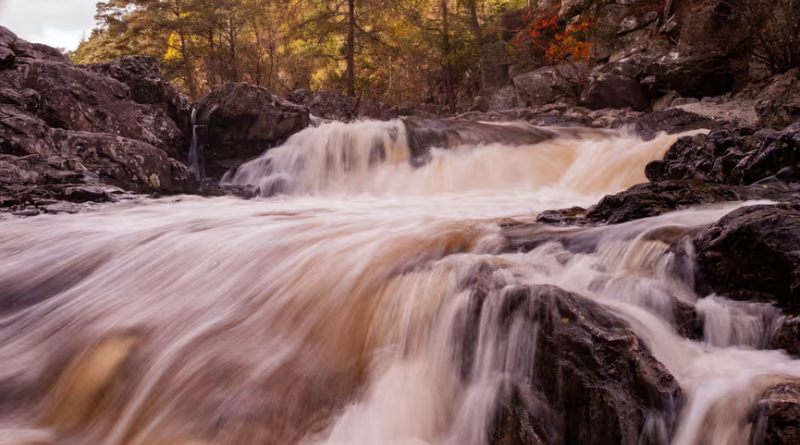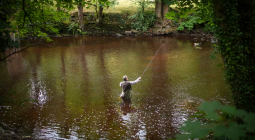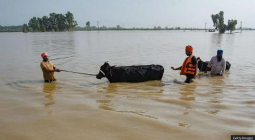Sewage in Scotland’s rivers and beaches far more widespread than realised

The ESS said nearly half the country’s storm overflows released sewage more than 50 times. Photograph: Pep Masip/Alamy
Sewage pollution of Scotland’s rivers and beaches is far more widespread than realised because ministers have failed to take the problem seriously, an environment watchdog has found.
Environmental Standards Scotland (ESS) said there were thousands of sewage overflow incidents last year, and that nearly half of the country’s storm overflows released sewage more than 50 times.
Of those, a third released sewage at least 100 times, and four sites more than 500 times. Few of these incidents were publicly disclosed; most failed to be justified as exceptional.
“It is clear that some sites spill much more frequently than should be expected”,” the agency said, with human health and the environment put at risk. Unlike in England, where nearly all outflows are monitored, only 8% of Scotland’s are checked.
Alex Cole-Hamilton, the Scottish Liberal Democrat leader, said these findings “made grim reading” and raised serious questions about the competence of Scottish Water, which is publicly owned, and the Scottish Environment Protection Agency (Sepa), which regulates water quality.
ESS said Scotland’s rules were too vague, and also out of step with best practice in Europe. Scotland’s regulations date back to 1994 and had not been revised since 1998 – the year before the Scottish parliament was set up.
If Holyrood wanted to keep pace with the EU’s rules, which were updated in April this year, it needed to introduce new, tougher regulations, ESS added.
Mark Roberts, the agency’s chief executive, said ministers also had to publish clear rules on the exceptional circumstances which would allow overflows. Scottish Water and Sepa had to improve their data and monitoring, and have been given six months to respond.
“Despite high levels of public concern, there is a lack of transparent information about the operation and impact of storm overflows in Scotland,” he said.
Cole-Hamilton said: “We want to see Scotland’s Victorian sewage network updated; every sewage dump monitored and published with binding targets for their reduction; a blue flag system for Scotland’s rivers; and a complete ban on the release of sewage in protected areas such as bathing waters.”
Gillian Martin, the acting Scottish net zero and energy secretary, said Scottish Water was already reviewing an increase in monitoring while ministers were committed to aligning Scotland with the EU’s tougher rules.
“The report underlines that climate change, consumer behaviour and population growth all present challenges for Scotland’s sewerage system,” she said. “In future we will need to ensure that rainwater is drained more sustainably and not to sewers.”
A spokesperson for Scottish Water said: “We will take time to fully consider ESS report’s recommendations and both the Scottish government and Sepa’s responses to the report. However, we are already carrying out work and investing in improvements, in liaison with our environmental regulator, which will do what ESS – which confirms that the majority of discharges are unlikely to lead to environmental pollution – is recommending.”





